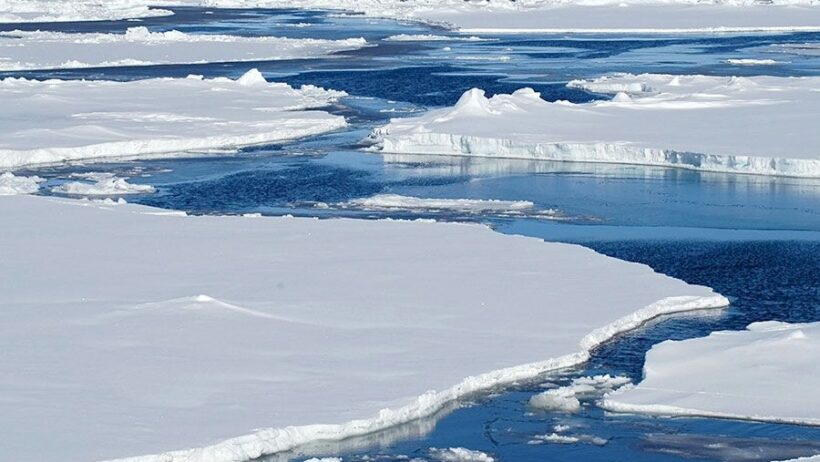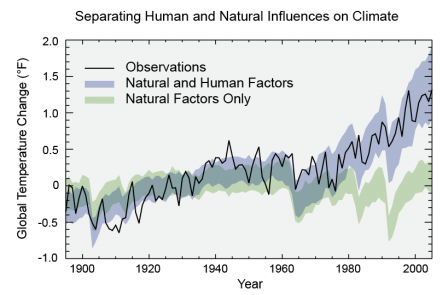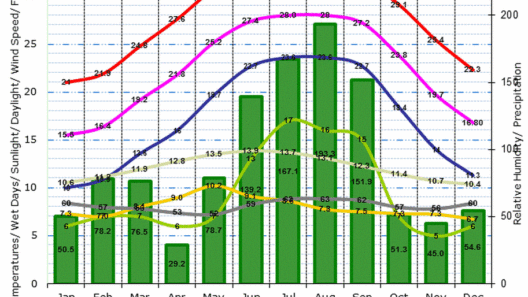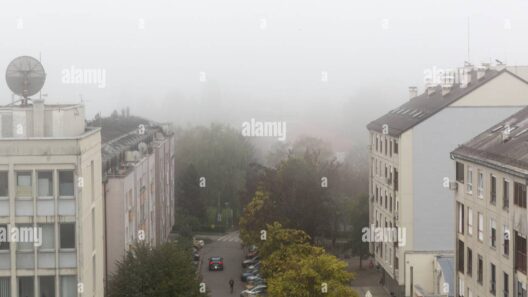The fragility of our planet resembles a finely woven tapestry, each thread representing a distinct element of our ecosystem, climate, and human existence. Pull on one thread, and the entire fabric may unravel. In recent decades, this metaphor has taken on a haunting significance, as the threads of climate stability fray and threaten to disrupt not just our environment but our very way of life. This brings us to the salient question: Climate Change—How Real Is It Really?
To approach this inquiry, one must first consider the empirical substratum of climate science. Scientific consensus increasingly reveals that the impacts of climate change are not merely speculative phenomena, but rather palpable realities that are already reshaping our planet. Rising sea levels, and unprecedented weather patterns make headlines, yet they are but the frenetic surface ripples of a far deeper, oceanic shift beneath. The phenomenon is quantified via parameters like carbon dioxide levels, which have surged past 400 parts per million, a stark reminder of the industrial age’s insatiable demand for fossil fuels.
Moreover, the rising concentration of greenhouse gases creates a warming blanket around our planet. This is often likened to a boiling frog scenario—where slow changes in temperature could render ecosystems uninhabitable while we remain blissfully unaware. The ocean, too, has been increasingly tasked with absorbing these excesses. Unfortunately, while this prevents some immediate catastrophic warming, it has led to oceanic acidification, a less visually dramatic but equally devastating consequence that threatens marine life and coral reefs, often referred to as the “rainforests of the sea.”
The repercussions of climate change extend far beyond the natural world and infiltrate the socio-economic fabric of society. Displacement due to extreme weather has become commonplace, with climate refugees seeking solace in new lands. The term “climate refugee” is becoming a grim reality, with millions expected to be uprooted due to coastal erosion, increasing severe weather events, and stagnating agricultural conditions. It’s a profound metaphor for loss—the loss of home, livelihood, and semblance of stability that once existed.
As we navigate this uncharted territory, one must acknowledge the underlying human tendency to deny what is uncomfortable. This denial is akin to burying one’s head in the sand—a futile strategy in the face of mounting scientific evidence. The Intergovernmental Panel on Climate Change (IPCC) presents staggering projections: without significant action, global temperatures could soar by an alarming 1.5 degrees Celsius or more by 2040, leading to catastrophic consequences. These figures depict not merely numerical values, but harrowing futures, where droughts, floods, and food shortages compound in their ferocity.
Interestingly, climate change has also become a divisive dichotomy—an arena for political theater where vested interests battle against ecological truths. Exaggeration from both extremes muddles the waters. While sensationalism can lead to apathy, the opposite often breeds skepticism—a dangerous equilibrium. Climate science, inherently complex, necessitates a clear understanding of nonlinear relationships that govern weather patterns and biological responses to thermal stresses. This is where the art and discipline of scientific communication become paramount; rendering esoteric jargon accessible to the public consciousness transforms a daunting issue into one that invites engagement.
Yet, amidst the grim prospects, there lies a formidable reservoir of optimism. Innovators, scientists, and activists around the world have been marshaling a response that underscores resilience. Renewable energy technologies—like solar and wind—have rapidly matured and are approaching parity with traditional fossil fuels in many regions. Just as the ancient phoenix rises from its ashes, so too can economies rejuvenate by shifting towards more sustainable practices. Carbon-neutral initiatives offer a vision of a zero-emission future, inspiring hope that a viable path exists for reconciliation between human activities and environmental stewardship.
However, individual actions, while impactful, cannot replace systemic changes. Advocacy for policy reform is essential. Legislators must be equipped with data and public will to implement rigorous frameworks like carbon pricing or reinvigorating investment in public transportation. Imagine a world where the concrete jungles are complemented by green roofs, urban forests, and sustainable transport; it is not merely fantastical, but a contender in our future reality. Citizen engagement through grassroots organizations can escalate the discourse from mere dialogue to action, forging a collective consciousness about the climate emergency we face.
Of course, not all battles against climate change lie in the realm of policy or technology. The discourse also begs for a philosophical reckoning. A reevaluation of values may foster a deeper connection with our planet that transcends the mere consumption of resources. This invitation to respect and revere Earth entails a paradigm shift—one that embraces interdependence among all species, thus fostering what can be termed an ecological ethic. In essence, to recognize that each individual is a thread in the tapestry and that our fate is inextricably woven together.
In summary, climate change is an immediate and pressing reality that challenges every facet of modern life. It calls for introspection, systemic change, and above all, collaboration. The evidence is indisputable, yet ironically, the solution may lie within our grasp. It is time to unfurl the barriers of denial, confront the facts head-on, and ignite the collective hope for a more sustainable future. Since each of us plays a crucial role, understanding the seriousness of climate change is not merely an intellectual exercise; it’s a clarion call to humanity to act and emerge from our complacency. The tapestry of our existence may fray, but it is up to us to ensure that it does not unravel.






